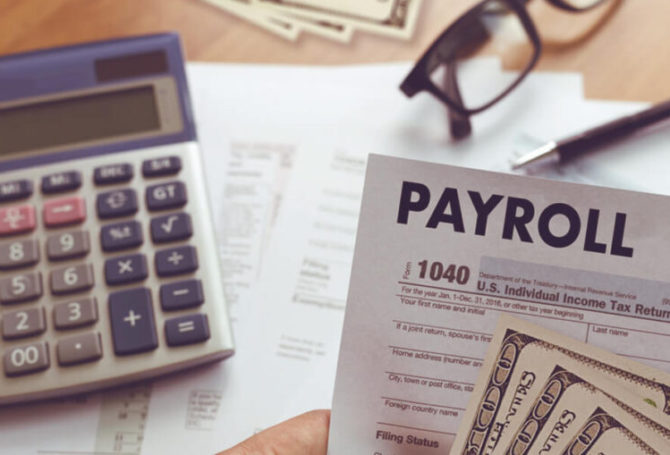
The federal payroll tax holiday ordered by President Trump became effective September 1 and runs through December, but it may not have many takers as businesses fret over paperwork and workers fear smaller paychecks next year when deferred taxes must be repaid.
Trump’s executive order applies to employees earning less than $4,000 on a biweekly basis. The deferral only applies to the employee payroll tax, which is 6.2 percent of eligible wages. Employers pay an equal amount.
Payroll tax revenues, which in 2019 totaled $1.2 trillion, finance Social Security, Medicare hospitalization benefits, disability insurance and federal unemployment insurance. The bulk of the revenue – $914 billion in 2019 – goes to Social Security.
President Trump has pledged if re-elected to push Congress to forgive deferred payroll taxes, which has faced opposition from Democrats and some Republicans, largely because that would undercut already precarious funding for Social Security and Medicare.
The major hitch in Trump’s executive order is the requirement that employees must repay the deferred payroll taxes in the first few months of 2021. Employers who participate in the deferral are then responsible for setting up the payback.
Critics of the deferral point out that the Internal Revenue Service has so far only issued a 3-page guide, which noticeably omits details on how employers are to recoup the deferred taxes. Employers have raised questions about how the deferral might conflict with state wage and hour laws, as well as impact collective bargaining agreements. There also is the practical problem of modifying computerized payroll systems to allow for the deferral and accounting for employees who benefit from the deferral, but don’t work for the same employer next year.
Trump has pledged if re-elected to push Congress to forgive deferred payroll taxes, which has faced opposition from Democrats and some Republicans, largely because that would undercut already precarious funding for Social Security and Medicare. Forgiveness of the deferred taxes would require legislation by Congress, which Trump couldn’t guarantee with a Democratically controlled House.
The Democratic chairman of the House Ways and Means Committee has introduced legislation and a resolution to nullify the IRS guidance, which is intended to derail the deferral.
Senate Minority Leader Chuck Schumer and Oregon Senator Ron Wyden have asked the General Accounting Office to determine whether the IRS guidance constitutes a rule, which if so would make it subject to congressional review. If a resolution disapproving of the deferral somehow managed to pass a politically split Congress, it is unlikely Trump would sign it.
The payroll tax deferral is likely to become one more puzzle piece in the eventual negotiations between the House and Senate over further coronavirus financial relief. It will be harder for Democrats to dismiss out of hand because Trump has ordered all federal employees, including active-duty military personnel, to participate in the deferral. Federal employee union officials have asked the administration to allow employees to opt out, while congressional Democratic leaders have condemned the move as treating federal employees as “guinea pigs”.
“We are nearly four weeks out from the issuance of the president’s executive order on payroll tax deferral and the lack of information for federal employees is unconscionable,” says Tony Reardon, president of the National Treasury Employee Union president. “They deserve to know the full impact of this deferral on their paychecks, including whether the program has already begun and how these deferred taxes will be collected next year.”
Meanwhile, the Senate reconvened today as Senate Majority Leader Mitch McConnell announced the chamber will vote this week on a GOP-version of coronavirus financial relief. Assuming it passes, that would trigger a House-Senate conference committee to resolve differences about the size of the relief package and what it includes.
Congress also faces a looming deadline to pass a continuing resolution to prevent a partial federal government shutdown on October 1. Media reports indicate the White House and House Democratic leaders may have struck a deal, though it isn’t clear whether a spending extension would or wouldn’t be part of a financial relief package.




